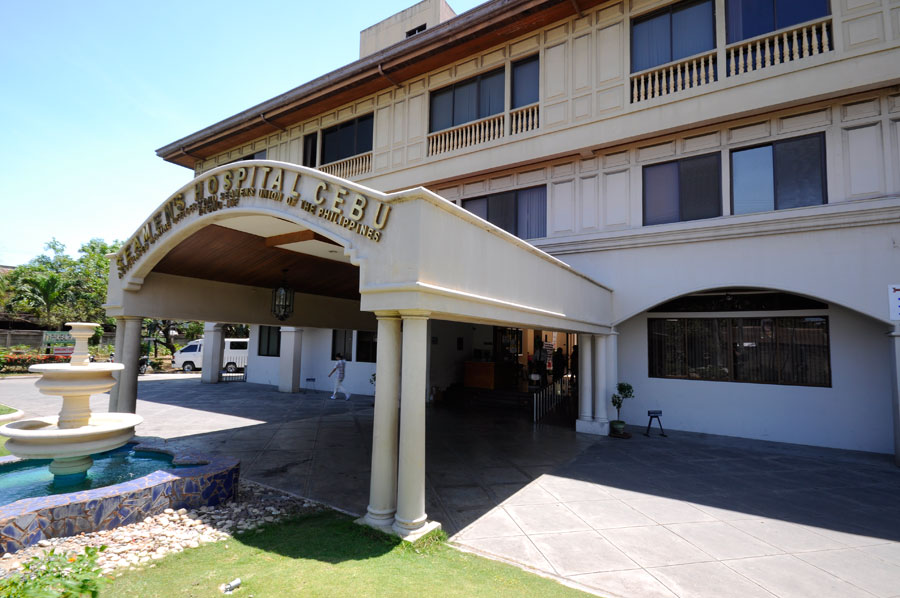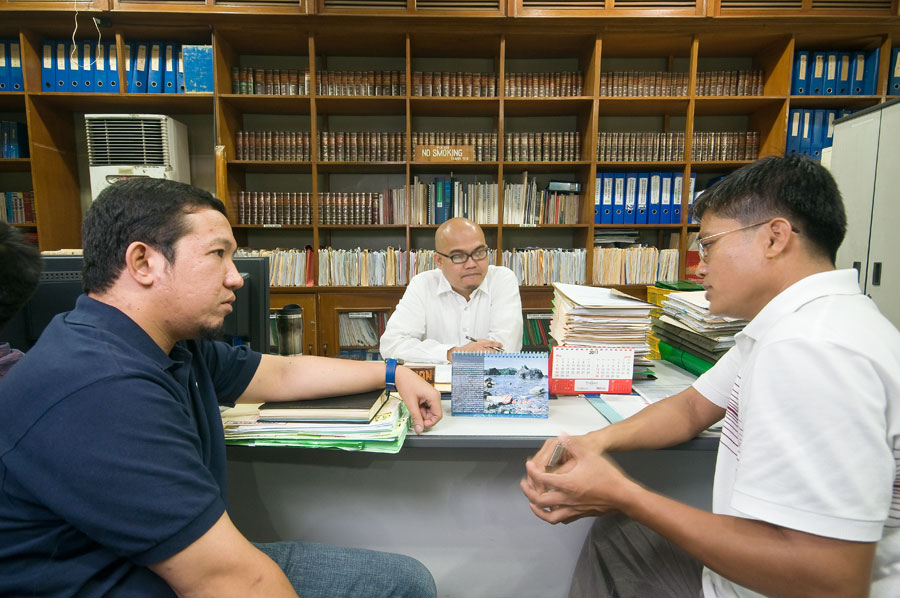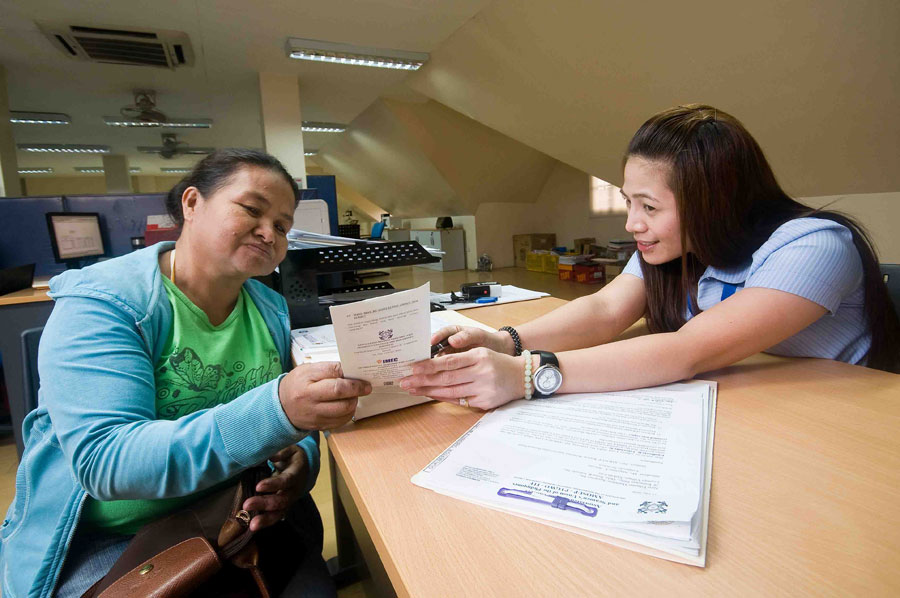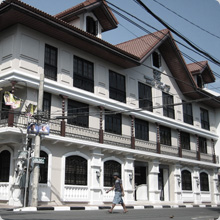The Seamen’s Village, a subdivision nestled in the progressive city of Dasmarinas, Cavite, comprises about 500 households of seafarers and their families. It has been in existence for a little over 20 years and is 5 years shy of getting to Vision 2020, which its Community Development broadly targets via a call to action: Aspire. Achieve. Ascend.
What better way to enable that call to action via community learning, which GOLD Foundation in partnership with eKindling, Inc., a social impact organization, has forged in recent years. Add to that “consortium” the other traditional partners within Seamen’s Village, such as the Gig and the Amazing Sampaguita Foundation, Inc, and the Saint Pancras Academy.
Perhaps one very useful reference is a 2012 document on Community Learning in the UK (Department of Business, Innovation and Skills) context could help define community learning:
“Community learning encompasses a broad range of learning, bringing together adults of different ages and backgrounds to pursue an interest, address a need, acquire a new skill, become healthier or learn how to support their children better.”
The following four program elements could even be a good fit, for benchmarking purposes, and maybe get the Village to attain the moniker of a Lifelong Learning Town:
- Personal and Community Development Learning
- Family English, Maths and Language
- Wider Family Learning, and
- Neighbourhood Learning in Deprived Communities
In recent conversations, the Community has already been called a destination of interest. One might wonder what that means.
So what’s up at the Community?It now boasts of the following, in no particular order:
- A newly reconfigured K-12 school that is by design the engine of community learning. The Saint Pancras Academy is set to provide blended learning, especially in Senior High School, focusing on Arts & Design and Communications & Information Technologies, with a bias towards maritime education. The learning space is an expanded campus within the community via globally connected Facilities thanks in no small measure to high-speed Internet (upwards of 5 Mbps leased line).
- The Eight Anchors Cultural Center, a two-storey building whose main hall can hold about 500 people at any given time. It has been the venue of two runs of Likhaan at Bahagian Day since the building was inaugurated a year ago.
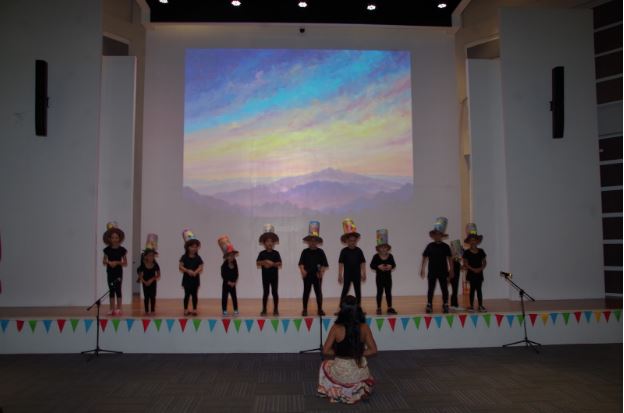
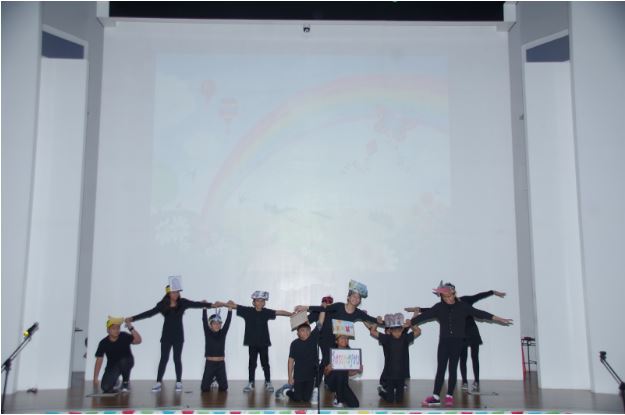

- The Ecohub, which was designed and built according to Green Architecture principles. It is themed like so to serve as a hub for innovation and creativity.
- The Filipino Food Arts Center, which highlights the local taste that could be flavorfully fused with a global palate in culinary arts and related education.
- The Horizons Project which carved out from the newest phase of the Village 6 units of houses whose interiors were fitted with furniture and accents according to a range of themes, all as capstone projects of a batch of Interior Design students from the College of the Holy Spirit in Manila.
This collaboration with a Higher Education Institution showcases a fresh model of co-created learning. Another area of similar collaboration is under discussion with De La Salle University-Dasmarinas to convert the 6 units into a bed-and-breakfast with students from the University’s Tourism program.

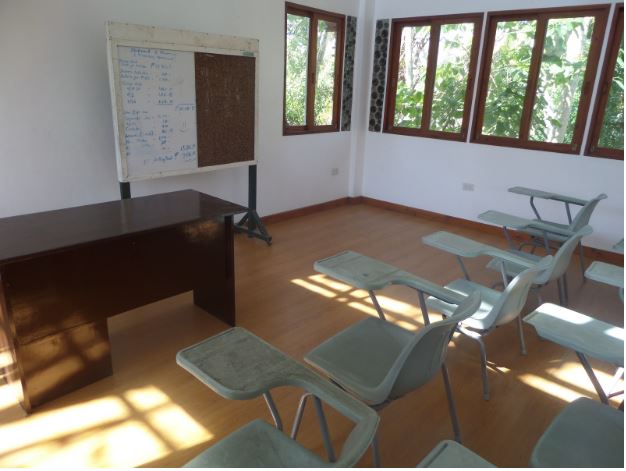
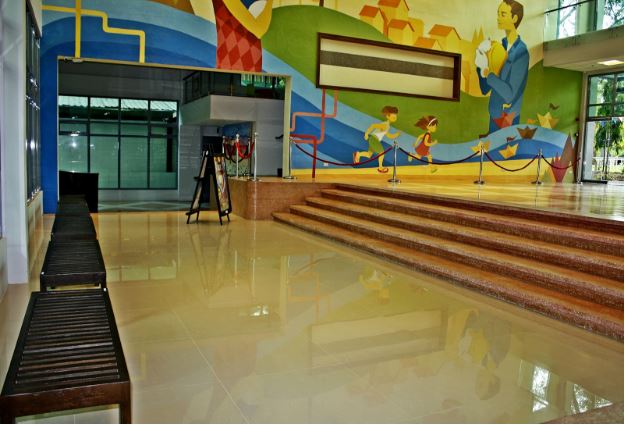
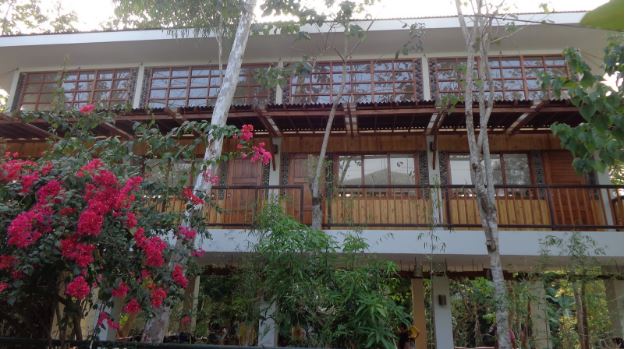


All of that extended campus runs on a child-driven blended learning program, which is self-paced, child development needs-centered, and which addresses the growing importance of Service Learning.
The Saint Pancras Academy is closely aligning its curriculum to match the needs of the maritime industry as well as the K-12 curriculum of the Philippine Department of Education. In keeping with the belief that seafaring as a possible profession should be planted in the consciousness of learners at key stages of learning, the school pays close attention to engendering love for the sea, values from the seafaring life which extend to family and a sense of adventure among learning stakeholders.
What about the Not-So-Young Community Learners?
In what is envisioned to serve as a catalyst of sorts, the Community Learning Development program, with the schoolchildren’s active learning as source of inspiration, and guided by teachers and program mentors, has steadily built activities to enhance confidence and communication skills through a series of learning and mentoring events such as the Fam Bam, or village familiarization tour, taking stops/stations on key learning hubs/centers. These are complemented by talks provided by inspirational resource persons and professionals who serve as role models on subjects as diverse as Self-Introspection/Mastery, Architecture, Communication, and Entrepreneurship, in the context of Seafaring.
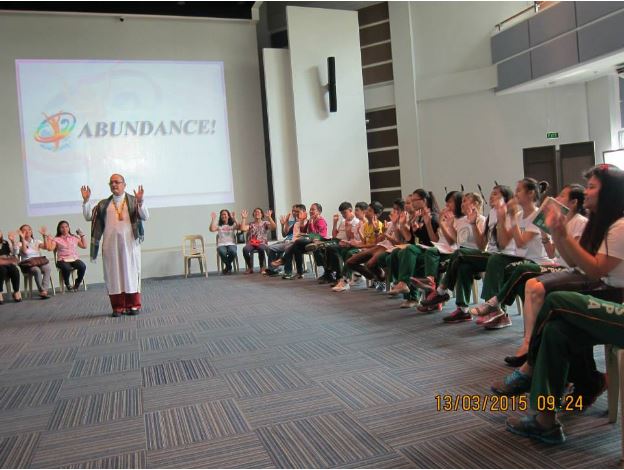
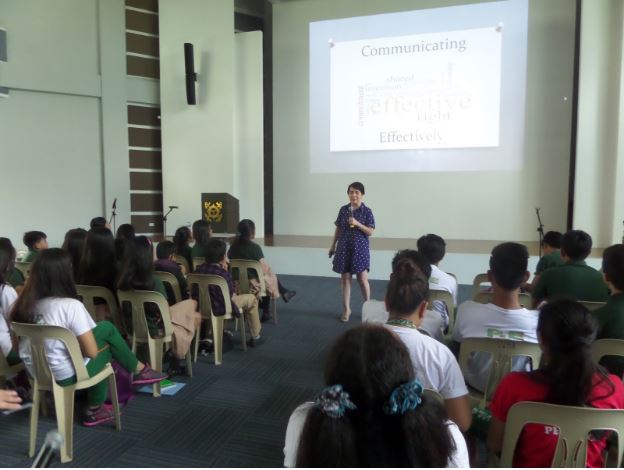

While all these pieces of collective activities are still work-in-progress, it might be useful to refer to the collaborative framework as part of a model for similar or related initiatives.
Thus, as a Collaborative Framework, GOLD Foundation, and eKindling, are co-creating the following:
- Design, develop, implement a Community Learning & Development (CLD) Plan
- Build key performance index for CLD team heads focusing on communication, collaboration, creativity, critical thinking, and compassion
- Co-design a mechanism that would evolve into a community of practice among the key stakeholders
As part of the continuing evolution of the CLD which welcomes different organizations as partners to witness its beauty, the Joint Migration and Development Initiative, a project supported by the United Nations Development Programme brought around 40 participants from 15 Local Government Units of the Bicol Region on a study tour of key places in the Calabarzon in early 2015. The Seamen’s Village being one of the major sites, served as a venue to explore common platforms for sharing ideas in the area of migration and development and hopefully to serve as model for possible replication in Bicol. This event was followed by a second batch, in the 4th Quarter of 2015, from two other regions — one from Northern Luzon and another from the Visayas.
In broad anticipation of the Senior High School component of K-12, CLD has recently entered into a Memorandum of Commitment with Chef’s Den, a culinary school, supported by leading Chefs in and around the world, to co-develop and deliver programs that could lead to National Competencies in Food Beverages and Housekeeping.
What all these mean is that in any development initiative the ascent is a journey, not a destination.
This co-creative learning model naturally extends to seafarers, their employers, and families that are anchored on curiosity and nurtures lifelong learning. It is also a celebration of the beauty of community (physical or of like minds) as a platform for education of the maritime world and beyond.
The core intent is thus inclusivity leveraging on what we know as a sector, inviting then hosting as many thoughts and insights as possible, and collectively ascending towards being whole persons and engendering extraordinary seafarers.
One could then perhaps draw inspiration from Antoine de Saint-Exupery, who counsels thus, “If you want to build a ship, don’t drum up people to collect wood and don’t assign them tasks and work, but rather teach them to long for the endless immensity of the sea.”
References:
White Paper (2015) Mainstreaming migration into local development planning and beyond International Organization for Migration (IOM) Joint Migration and Development Initiative (JMDI),
http://www.migration4development.org/sites/default/files/final_mainstreaming_white_paper_www.pdf
Update: Community Learning is also moving more actively in the online space via an Internet Radio called RadioAtraka running on a platform called radionomy.com
It is planned to be launched on June 25, 2016, the day of the seafarer.

